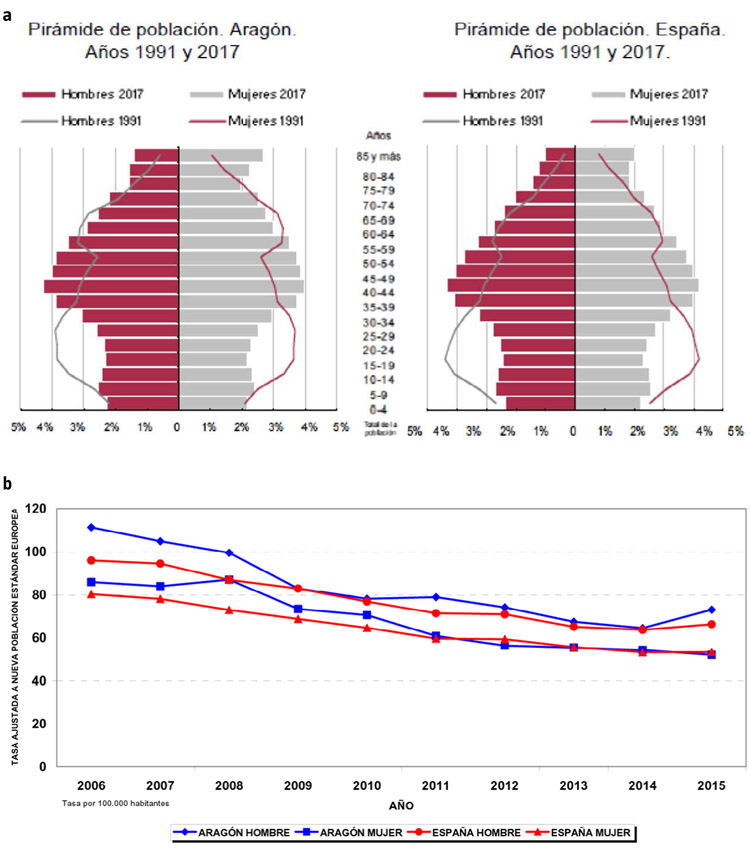Characteristics of the stroke alert process attended by 061 ARAGON assistance units from 2010 to 2016. Factors influencing times of response and access to fibrinolytic treatment
Aim. To study the response times of stroke code assistance by care units of 061 ARAGON, analyzing factors involved and their relationship with availability to fibrinolytic treatment in the hyperacute phase.
Patients and methods. Transversal descriptive study on outpatient care from the registry of cases attended by 061 ARAGÓN health care units to patients with stroke code during the period 2010-2016.
Results. A total of 1743 patients were attended (54.6% males), with a mean age of 72.83 ± 13.1 years. There was a higher number of strokes attended in 2015 and 2016 (372 and 366 respectively), compared to the average of 201 strokes per year in the rest of the years. 27,2% of patients were treated between 08:00-11:59 h, the most frequent time interval. Regarding the time, it took to take care of the patient, the average was 71.93 ± 33.64 minutes with a longer response time in Teruel. When influence of the hour interval on the percentage of cases treated with fibrinolysis was analyzed, a higher rate of fibrinolysis was observed when it was activated between 12:00-15:59 h (28.1%).
Conclusions. In 55,3% of patients, the 061 response time was greater than 60 minutes, but this time were not conditioned by the activation time. However, there were differences in the percentage of cases fibrinolysed in the different time intervals, suggesting that factors other than the response time of 061 influence the indication of fibrinolytic treatment.
Key words. Fibrinolysis. Ischemic stroke. Outpatient care. Response time. Stroke code. Stroke mimic.
|




